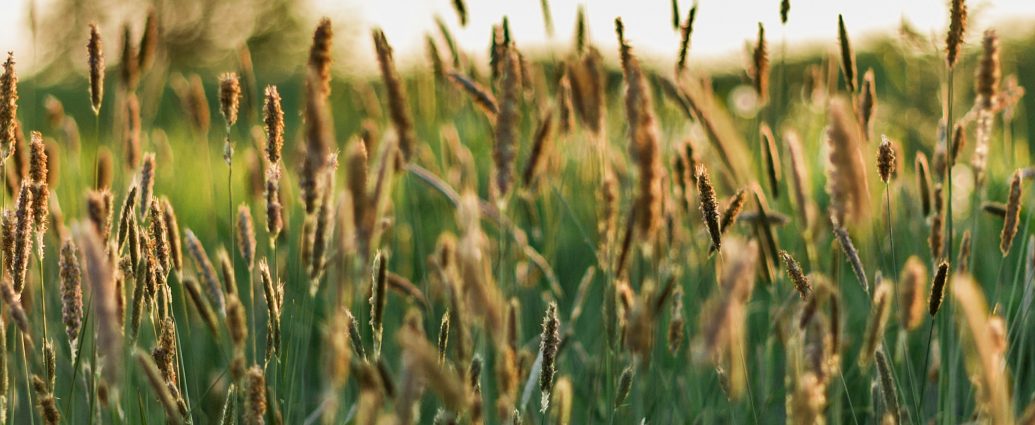Farmers are working on rebuilding the nation’s soil. Midwest farmers have had a long term love-hate relationship with soil from the 1800’s when agriculture first began to the Dust Bowl in the 1930’s. Soil had consistently degraded until the 1980’s when farmers began working toward better practices to ensure the longevity of their land. Half of all topsoil and soil organic matter has disappeared since the 1800’s.
In the 1980’s, farmers were experimenting with no-till practices which has shown to greatly improve soil retention and health. The practice also reduces labor, fuel, and machinery costs which can help farmer’s bottom line while providing the positive effects to soil health. Farmers have been increasingly implementing these types of management practices as awareness has grown about soil degradation and what works.
Cover crops have also gained popularity in the industry. After a harvest, a non-harvestable plant is planted in order to ensure the soil is always producing. Often, the cover crop will be one that fixes nitrogen back into the soil, such as legumes. Different plants provide different nutrients and qualities to the soil. The more diversity there is, the healthier the soil will be. In addition to staying productive, a covered soil captures water avoiding run-off that can send nutrients downstream. According to the NRDC, cover crops can also provide carbon capture to help fight climate change while adapting to it at the same time.
Most farmers now realize that conservation of the land is extremely important to crop health and their own pocketbook. Soil is everything. It provides nutrients to plants, retains water, prevents erosion, and gives habitat to native species that have positive effects on farm production as well as the environment.
Read More Here

